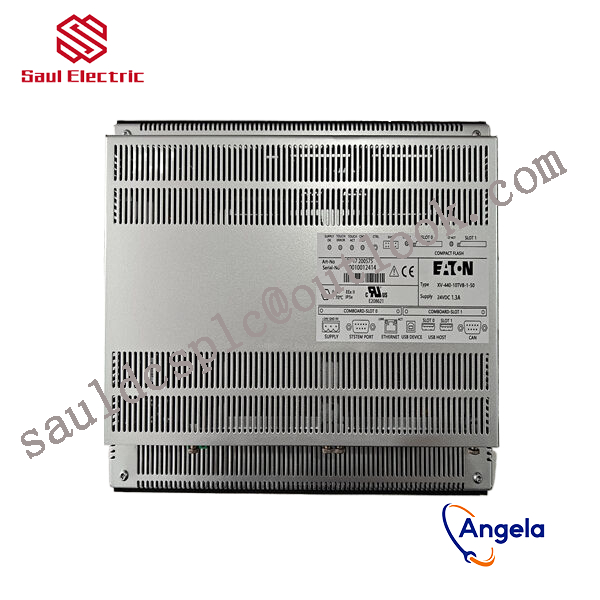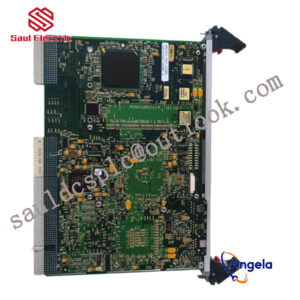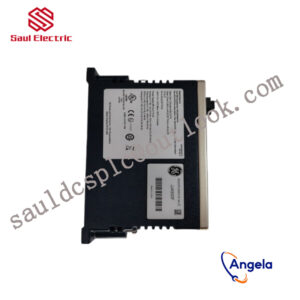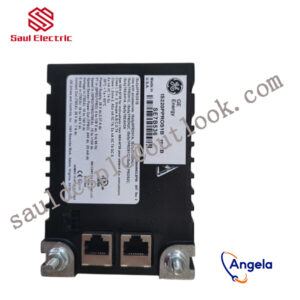Description
- 32-bit DSP digital control mode
- Low vibration, low noise, low power consumption
- Maximum output current 3A/phase
- Adopting CAN bus and supporting standard CANopen communication protocol, it can load up to 127 devices
- Supports three modes: protocol position control, speed control, and periodic position control
- Current setting, subdivision, motor start stop control, and real-time monitoring of motor operation can be achieved through the bus
- 2-channel optoelectronic isolation programmable input interface
medical equipment, various types of robots, robotic arms, automated production lines, and various CNC machine tools.
In a DC brush motor, the stator is a permanent magnet and the rotor is a wound coil; the magnetism has two poles, which repel each other and attract each other. Therefore, passing direct current through the rotor coil will allow the rotor to rotate until it reaches the position where the torque is the smallest with the stator. At this time, due to the commutation of the brushes, the position where the torque was originally the smallest becomes the position where the torque is the largest. Finally, over and over again, the rotor continues to rotate. .Brushless DC does not have brushes; at the same time, in brushless DC motors, the stator is a permanent magnet and the rotor is a winding structure. In brushless DC motors, the stator is a winding and the rotor is a permanent magnet. If the winding is still on the rotor, you have to rely on physical contact to energize the winding, which does not solve the problem of brush aging. In the brushless DC motor, the winding exists in the stator and has three phase wires; when working, the input and output currents are successively supplied to the three phase wires to achieve the purpose of commutation. In brushless DC, the electromagnetic force generated by the rotor and stator is the same as that of brushed DC.For brushless DC motors, it is not necessarily whether the stator is inside or outside. A motor with a rotor outside and a stator inside is generally called an external rotor motor. The hub motor is a very special external rotor motor.Brushless DC motor, why is it classified as AC motor?This is because when we supply power to the controller of brushless DC and permanent magnet synchronous motors, we supply DC power, so it is called brushless DC; however, after the DC power is inverted through the motor controller, it communicates with the motor. For the three connected phase lines, the power supply type changes to AC. Only the changing phase voltage of AC can cause the current on the three phase lines of the motor to continuously reverse direction, so the motor is classified as an AC motor.3. Similarities and differences between brushless DC and permanent magnet synchronizationBrushless Direct Current Motor, English BLDC, English full name Brushless Direct Current MotorPermanent Magnet Synchronous Motor, English PMSM, English full name: Permanent Magnet Synchronous Motor
MC2-442-57CQB-1-1H-2 EATON Touch Panel
MC2-440-12TSB-1-1D Capacitive touch screen and resistive touch screen
XV-102-B6-35TQR-10-PLC EATON HMI Human Machine Interface
XV-152-D8-84TVRC-10 Eaton human-machine touch screen
XN-GWBR-CANOPEN EATON HMI Human Machine Interface
XN-GWBR-DNET Intelligent operation control system
XN-QV/8 Eaton human-machine touch screen
XV-102-B5-35TQR-10 EATON Touch Panel
MS2-440-10MPI-1-10 Capacitive touch screen and resistive touch screen
XNE-16DO-24VDC-0.5A-P Intelligent operation control system
XV-440-12TSB-1-50 Capacitive touch screen and resistive touch screen
XN-QV/7 Eaton human-machine touch screen
XN-GW-CANOPEN Eaton human-machine touch screen
XV-442-57CQB-1-1ABVAR03 EATON Touch Panel
XVC-601-GTI-15-DPS-V1-000 Eaton human-machine touch screen
XVS-430-10MPI-1-10 Intelligent operation control system
MC2-440-10TVB-1-20 Intelligent operation control system
STARTERKIT-XV100-PLC-CAN-RS232 Eaton human-machine touch screen
XVC-101-C192K-K82 Eaton human-machine touch screen
XNE-4AO-U/I Capacitive touch screen and resistive touch screen
XT-BCB-TP-EPROM-DNET EATON Touch Panel
XVC-601-GTI-15-DPS-V1-000 EATON HMI Human Machine Interface
XP-702-D0-BOX-10 Eaton human-machine touch screen
XV-440-10TVB-1-1AB Capacitive touch screen and resistive touch screen
XVC-101-C192K-K82-002 EATON Touch Panel
XV-363-57-C00-A00-1B EATON Touch Panel
XV-DVI-GTR-06-000 Capacitive touch screen and resistive touch screen
XV-460-15TXB-1-20 Capacitive touch screen and resistive touch screen
XV-442-57CQB-1-1Q Human Machine Interaction
XN-S4S-SBCS Human Machine Interaction
XN-KO/14 EATON Touch Panel
MC2-442-57CQB-1-21 Human Machine Interaction
XP-702-C0-84TSI-10 EATON Touch Panel
XV-303-70-C00-A00-1C Capacitive touch screen and resistive touch screen
XN-P4T-SBBC-B Human Machine Interaction
XN-S6T-SBBSBB Human Machine Interaction
XVS-440-57MPI-1-1A0 Capacitive touch screen and resistive touch screen
XN-32DI-24VDC-P EATON HMI Human Machine Interface
XNE-GWBR-ETH-SL Capacitive touch screen and resistive touch screen
XVH-330-57MPI-1-10 Eaton human-machine touch screen
XV-102-H4-70TWRL-10 EATON HMI Human Machine Interface
XV-430-12TSB-1-10 Human Machine Interaction
OS-FLASH-A2Q-S Eaton human-machine touch screen
XP-702-C0-15TXI-10 Intelligent operation control system
SCH-1-WINBLOC EATON Touch Panel




